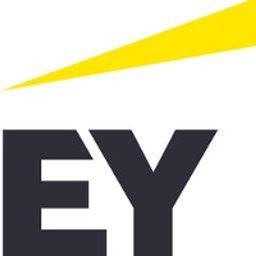Job Opportunities in Israel
September 25, 2024
NeuReality
קיסריה
System Software Architect
We are seeking a System Architect to join our team and play a key role in shaping the architecture of Neu Reality's AI inference appliance.
As a System Architect, you will be integral in driving the company's architectural roadmap, working closely with the product team, CTO, and development teams. Together, you’ll analyze new market demands and define the product architecture for our Server-on-Chip system, which caters to a wide range of AI verticals.
Responsibilities:
Requirements:
Advantages:
As a System Architect, you will be integral in driving the company's architectural roadmap, working closely with the product team, CTO, and development teams. Together, you’ll analyze new market demands and define the product architecture for our Server-on-Chip system, which caters to a wide range of AI verticals.
Responsibilities:
- Collaborate closely with the product team and CTO to assess new requirements and define the company’s architectural roadmap and Plan of Record (POR).
- Design system flows and deployment models for Neu Reality’s AI inference appliance in advanced cloud environments.
- Establish architecture guidelines, requirements, and the division of labor between software toolchain components, firmware, and hardware elements of the So C.
- Lead performance estimations, measurements, and optimizations, as well as system-level integration efforts.
- Engage directly with end customers to shape use cases and system solutions, including demos and Proofs of Concept (Po Cs).
Requirements:
- BSc/MSc in Electrical Engineering, Computer Science, or a related field
- 10+ years of proven experience working with complex systems that integrate hardware, firmware, and software
- Familiarity with deep learning frameworks such as Py Torch and Tensor Flow
- Strong background in software architecture, particularly in HW/SW APIs, CPU and memory subsystems, system performance, scaling, and optimization
- Hands-on approach with practical experience in software development
- Excellent communication skills and a collaborative team player
Advantages:
- Familiarity with AI systems and hardware acceleration engines for AI workloads
- Experience in compiler development, particularly with MLIR/LLVM frameworks
- Knowledge of Kubernetes orchestration, load balancing, and data-center architecture
- Familiarity with high-speed I/O subsystems like PCIe, CXL.io, CXL.mem, as well as storage technologies including NVMe, NVMe OF, Object, and Block storage
We regret to inform you that this job opportunity is no longer available
Latest Job Opportunities






Similar Jobs
September 9, 2024
אר.ויי.בי. פלסמנט אגנסי בע"מ
Product Manager for POS/Restaurant/Kiosk Technology Systems
באר שבע
View DetailsSeptember 5, 2024
אי.טי.נט
דרוש/ה איש/ת system לחברת פתרונות מחשוב ותוכנה /אשדוד
שפלת יהודה
View DetailsSeptember 5, 2024
Fishman Holdings
דרוש/ה איש/ת system לחברת פתרונות מחשוב ותוכנה /אשדוד
אשדוד
View Details